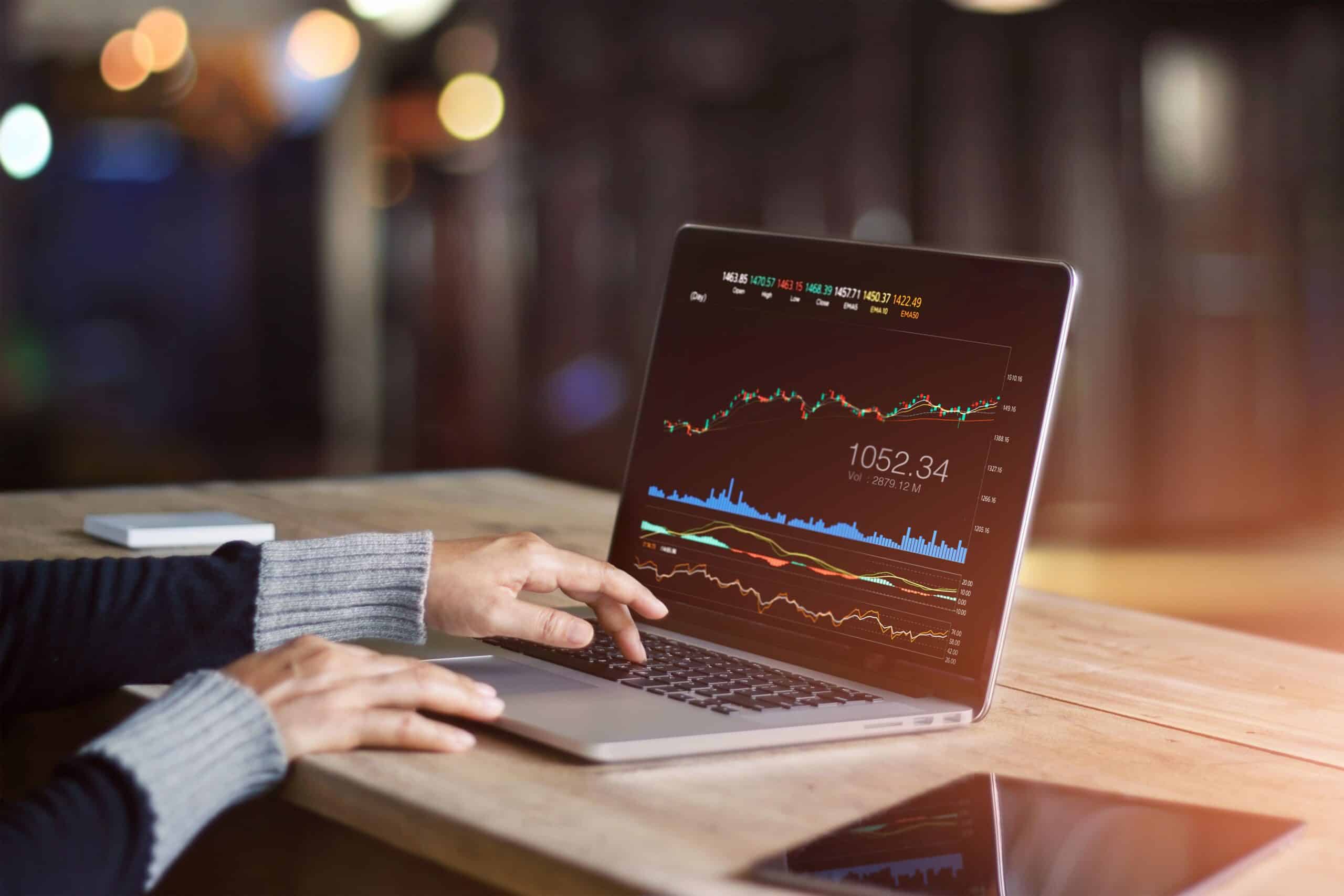
How Much Money Do The Top Forex Traders Make?
Is forex trading profitable? If so, how much money may be made through it? These are the questions that every beginner has in their mind. However, let me tell you that if you are trying to make money, you will find forex trading to be an attractive option because of the numerous earning opportunities. Once you have fully understood the strategies and forex tools employed by successful traders, you, too, can unlock your potential to earn bigger returns.
Please note that while there is real profit potential in forex trading, beginners may be put off by the challenges and risks involved. Though, it might be hard to find accurate information on the anticipated profits from forex trading. Whether you’re a seasoned trader or just getting started in the forex market, we’re here to give you detailed guidance on what you may reasonably anticipate to make.
The numbers say it all!
In forex trading, profits are determined by multiplying the number of pips you earn in a trade by the value of each pip. Where seasoned traders are proficient in calculating values, novices may require a pip calculator to find out how much they have earned in the currency of their choice. How much money you can make depends on a variety of circumstances. It is not easy to specify an amount or a range because what works for one trader might not be the same for another. Several key elements affect your earnings, including the amount of capital you have to spend, the degree of leverage you use, the currencies you trade, the functionality of your trading platform, and your trading technique which we will read in the next section. On average, retail traders can anticipate making an average of $500 to $5,000 per month with the appropriate strategy, risk management abilities, and trading frequency.
Determining What Factors Are Related to Trade Performance
The amount of money you have to invest is one of the most crucial variables. Generally speaking, the more trading opportunities you can take advantage of, the higher the possibility of making a profit. However, greater rewards come with greater risks, so it’s important to approach trading cautiously and with a well-thought-out strategy.
Leverage is another important aspect of successful forex trading. With the use of leverage,
You can execute bigger trades than you could with just your original investment. This can multiply your returns which can be exciting if the trade turns in your favour, but otherwise, it will lead you to bigger losses. Therefore, it makes sense only to use leverage sensibly or not use it at all. One way to protect yourself from unwanted loss is to use a profit calculator to identify the potential outcome of the trade before you place it.
Moreover, the decision of which currency pairs to trade is also crucial. Some pairs offer the potential for higher returns but are more volatile and risky. Other liquid pairs are more reliable and appropriate for people who choose a more deliberate, steady approach. It’s critical to comprehend the different behaviours of several currency pais and select ones that match your trading objectives and risk tolerance.
In the end, a number of elements must come together to define the amount of money you can make from forex trading. However, traders can improve their odds of success and possibly make sizable returns by adopting a deliberate and knowledgeable strategy.
Examining How Professional Traders Differ from the Rest
You might have always wondered what distinguishes experienced forex traders from novices. Just 1% of traders are indeed professionals, with the remaining 99% being casual traders. But what sets that 1% apart from the rest?
Their focus and psychology, most probably. Professional traders approach the market with patience and discipline, unlike casual traders, who frequently enter trades without giving them any thought. They have a sound trading strategy in place to guard against the damage that emotions like fear and greed may do to their trade.
Instead of letting their hearts rule their heads, professional traders stick to their system and make trades based on a series of decisions rather than one-off positions. While amateur traders constantly search for the next “quick fix,” professionals stick to a sound trading plan and don’t let wild market changes derail them. They judge their success based on their entire performance rather than being influenced by the most recent market trends.
Even though this is only the tip of the iceberg, it is obvious that top traders are distinguished from the rest by having a professional mindset. They are able to outperform their competitors in the market and ultimately succeed by remaining composed, patient, and disciplined.
Top Forex Indicators Used By World-Class Traders
Using complicated, challenging-to-understand indicators in forex trading may appear appealing. After all, you ought to use them if the best traders are doing so. However, the majority of the most successful traders actually rely on indicators that are pretty basic and easy to understand. In fact, you might be employing some of these indicators without even being aware of it.
The reason for this is that these tried-and-true indicators have stood the test of time. Elite traders have demonstrated their effectiveness, so you must also if you want to lay a strong basis for your trading success.
Moving Averages: The moving average has been used in forex markets for more than a century and has built a good reputation for providing accurate indications, making it a reliable tool for traders wanting to make educated decisions. One of its main benefits is the adaptability it offers. You can easily customise it to assess various time periods for a currency pair and to match the trading window you want to study. Furthermore, combining the moving average with other indicators is simple to confirm patterns proposed by other instruments.
Relative Strength Indicator: The RSI, developed in the 1970s, is well known for its prowess in determining the strength of a developing trend. This makes it a vital tool for choosing the best position to put stop-losses in addition to finding entry and exit points. This helps traders limit their risk while maximising their earnings.
Bollinger Bands: Bollinger Bands have been in use for a long and have become a crucial tool for forex traders. In addition to measuring the degree of volatility in a currency pair, these bands offer the advantage of being flexible enough to adjust to constantly shifting market conditions. Traders can use these bands to better comprehend price data and spot trading opportunities.
Exponential moving average: The exponential moving average (EMA) is a popular choice if you’re seeking an indicator that provides a smooth and unambiguous visualisation of a currency pair’s price movement. The EMA employs a weighted average that filters out the swings and instead concentrates on the overall trend, in contrast to other indicators that sharp price movements could influence. This indicator, created to complement Bollinger Bands, is ideal for traders who wish to monitor the market without becoming bogged down in technical details.
Fibonacci Levels: The accuracy of Fibonacci levels is a topic for debate but it is still frequently used in forex trading because of their reputation for foretelling possible support and resistance levels. Top traders also pay attention to the market’s response to these levels, using it as an indicator of likely future price movement, while some traders rely completely on these levels to make trades. As a result, anticipating market fluctuations and making wise trading decisions depends greatly on knowing how other traders may react to these levels.
Managing Your Emotions and Overcoming Fear
Emotions may be a trader’s best friend and worst enemy. A competent trader constantly scans the market for data-driven entry and exit points, yet emotions can overcome logic and cause impulsive judgements that may have serious financial repercussions. Professional traders understand that success in the field of forex trading depends on developing trading psychology. These great traders avoid making choices based on irrational, fear-based reactions by creating a solid trading technique that is devoid of emotion and adhering to it. They use trading tools to get precise data to ensure that there is nothing left to assume. They know when to enter and exit a trade based on the values they have received from their trading tools.
A proficient forex trader emphasises the long-term objectives more than just the short-term results of any given trade. They aim to retain composure under all circumstances and are aware of the value of maintaining discipline in the face of market turbulence.
Stepping Up into a Position as a Top Trader
If you have been dabbling in forex trading without seeing the profits you were hoping for or are looking for a new challenge in your trading journey, consider stepping up to a professional trading position. But heed the warning: professional trading requires a full-time commitment and a strong mindset.
You need to be open to modifying your trading strategy if you want to rise to the top. Basic trading methods can help you get started, but they should be viewed as a base for more intricate strategies experienced traders can easily employ. This calls for a lot of learning and practice.
Professional traders should also concentrate on reinvesting gains, preserving suitable investment capital, and using risk management strategies. Becoming a top trader is difficult, but the rewards can be worthwhile.
Successful traders can make six figures a year or more, but it takes a lot of hard work to achieve this level of success. You should constantly seek methods to strengthen your strategies and be willing to learn from your mistakes.




